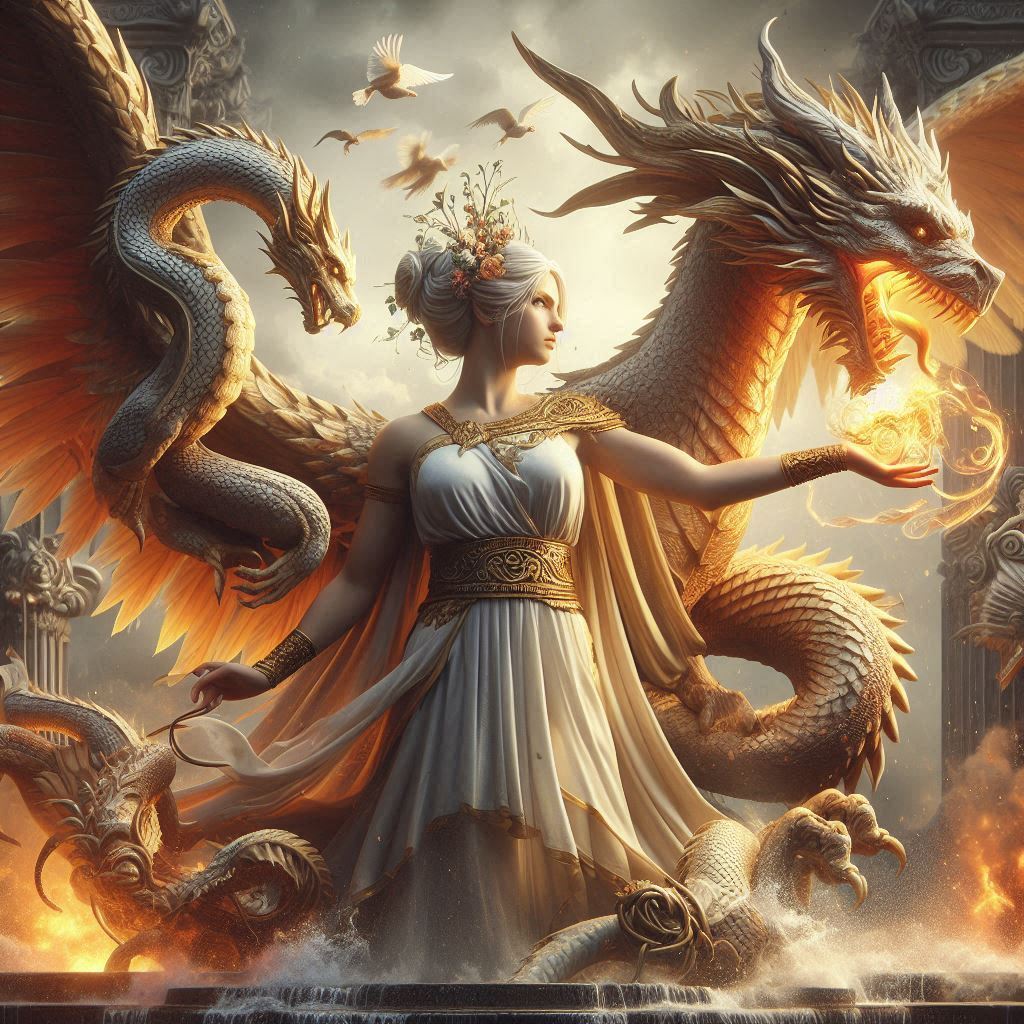Table of Contents
The Main Genres in Writing: A Comprehensive Analysis
In the realm of writing, genres serve as frameworks through which writers communicate ideas, emotions, stories, and arguments to their readers. Each genre carries specific conventions, structures, and techniques that shape how content is perceived and understood. While countless subgenres and hybrid forms exist, the primary genres in writing are generally considered to be fiction, nonfiction, poetry, and drama. Together, these genres encompass the vast majority of written works and provide a rich tapestry of expressive and interpretive possibilities.

1. Fiction
Fiction is a genre rooted in imagination, narrative, and the art of storytelling. It includes novels, short stories, novellas, and flash fiction, and it invites readers to explore characters, worlds, and events crafted by the author’s creativity. Fictional works may range from realistic to fantastical and serve various functions, from entertaining readers to imparting moral lessons or reflecting societal issues.
- Examples: Literary fiction, science fiction, fantasy, historical fiction, mystery, and romance all fall within the broad category of fiction. Each of these subgenres has unique characteristics—for instance, science fiction often speculates about the future or advanced technologies, while historical fiction reimagines past events and figures.
- Purpose: Fiction allows readers to suspend reality, to engage in hypothetical scenarios, and to encounter human experiences they may never personally experience. It is often a vehicle for exploring universal themes such as love, loss, identity, and morality, allowing readers to cultivate empathy and insight through vicarious experience.
2. Nonfiction
Nonfiction writing deals with factual, real-world topics and is characterized by a commitment to accuracy and truth. Within nonfiction, there is a broad spectrum of styles, including narrative nonfiction, journalistic articles, essays, and biographies, each offering readers insights into human experience, history, science, and other subjects grounded in reality.
- Examples: Memoirs, biographies, historical writing, scientific and technical texts, journalistic articles, self-help books, and academic essays all fall under nonfiction. Each of these subgenres has its unique approach and purpose; for example, memoirs share personal life experiences, while academic essays explore specialized topics through rigorous analysis.
- Purpose: Nonfiction aims to inform, educate, persuade, or document reality. It is often the genre of choice for works that seek to engage critically with the world, presenting readers with information, arguments, or reflections based on factual evidence. Nonfiction can inspire action, foster understanding, and contribute to ongoing intellectual conversations.
3. Poetry
Poetry is a genre marked by its emphasis on language, rhythm, and the artful compression of ideas and emotions. Unlike prose, which follows grammatical conventions more strictly, poetry often relies on metaphor, symbolism, meter, and rhyme to convey meaning. Poetry can vary widely in structure, from the formal constraints of sonnets and haikus to free verse, which lacks a consistent rhyme scheme or meter.
- Examples: Lyric poetry, epic poetry, haiku, sonnets, and spoken word are all forms of poetry, each with distinct qualities. For instance, epic poems are lengthy narratives recounting heroic deeds, while lyric poetry often expresses personal emotions or contemplations.
- Purpose: Poetry distills human experience and emotion, expressing what often cannot be conveyed through ordinary language. It invites readers to engage with language on an intuitive level, exploring beauty, longing, joy, sorrow, and other facets of the human condition in heightened, sometimes abstract terms. Often, poetry seeks to reveal truths about life and humanity through aesthetic and emotional resonance rather than straightforward exposition.
4. Drama
Drama is a genre designed primarily for performance, with the narrative unfolding through dialogue and action rather than descriptive prose. This genre relies on characters, plot, and setting to communicate a story, typically centering on human conflict and emotional tension. While drama is often associated with theater, it can also be adapted for film and television, allowing the genre to reach a broader audience.
- Examples: Tragedy, comedy, melodrama, and tragicomedy are subgenres of drama, each characterized by different tones and themes. Tragedy, for example, often explores the downfall of its protagonist, while comedy highlights humor and social critique.
- Purpose: Drama brings stories to life in a visceral way, allowing audiences to witness human struggles, relationships, and transformations firsthand. Through the immediacy of performance, drama immerses the audience in an emotional and sensory experience, making it one of the most powerful genres for exploring moral and philosophical questions, as well as providing social commentary.
5. Hybrid and Emerging Genres
In addition to these four main genres, modern literature and media have witnessed the rise of hybrid genres that blend elements from multiple categories. Graphic novels, for instance, combine aspects of visual art with narrative fiction, while creative nonfiction blends storytelling techniques with factual content, providing an evocative way to present real-life experiences and historical events.
- Examples: Graphic novels, hybrid memoirs, and lyrical essays are a few examples of genres that defy traditional categorization, blending the line between fiction, nonfiction, and poetry.
- Purpose: Hybrid genres reflect a more flexible approach to storytelling, one that aligns with contemporary readers’ expectations for novelty and experimentation. They allow writers to challenge conventions, draw from multiple traditions, and create innovative ways to engage readers intellectually and emotionally.
Conclusion
The diversity of genres in writing reflects the richness and complexity of human expression. Each genre fulfills a unique function, whether by transporting readers into imagined worlds, grounding them in reality, inspiring reflection, or inviting engagement with live performance. While these genres each have distinct conventions, modern writers continue to expand and reshape them, creating new forms that mirror the evolving interests and complexities of contemporary society. Ultimately, these genres serve as a testament to the versatility of the written word and its power to communicate across boundaries of culture, experience, and time.


No responses yet